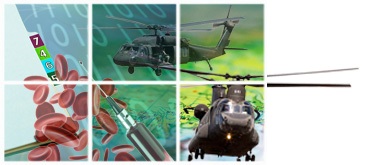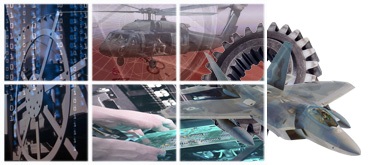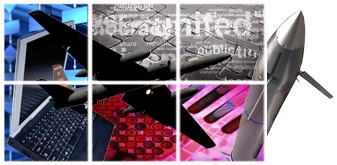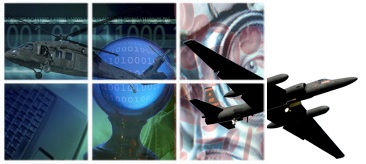KBSI applied advanced data fusion technologies in investigating methods for increasing the accuracy of non-destructive inspection imaging technology. Using both ultrasonic and eddy current images of KC-135 lap joint coupons, KBSI developed image processing techniques, both classical and wavelet-based, for the pre-processing of image data prior to corrosion quantification and fusion.
Corrosion is considered the most significant form of damage for an aging aircraft—impacting both maintenance costs and readiness. Currently, there is an urgent need to improve on established non-destructive inspection methods that increase detection reliability and accuracy in multi-layer structures.







